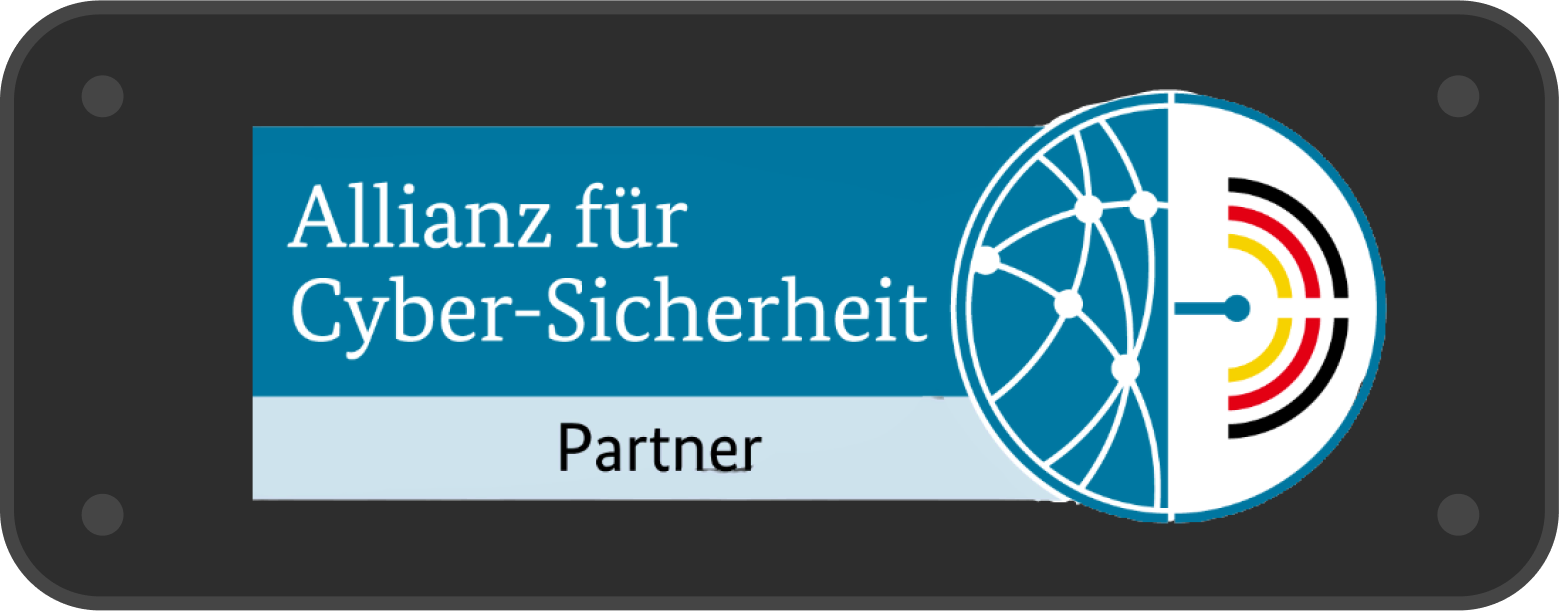IT emergency management &
Business Continuity Management
Business Continuity Management | Operational Continuity Management | IT Emergency Management | BSI Standard 200-4 / ISO 22301
We explain exactly what this service is all about …
Business continuity management (BCM) is a crucial aspect of IT emergency preparedness and response planning for any company. IT management is responsible for developing or having developed strategies, plans and measures aimed at protecting critical activities or processes. These measures are essential to prevent serious damage or devastating losses for the company in the event of an interruption.
If you need support in identifying and improving your business-critical systems and processes, we are the ideal partner for you. We work closely with you to set clear goals and support you in the implementation of individual or holistic measures to ensure optimum and continuous availability for your company.
WHAT IS BUSINESS
CONTINUITY MANAGEMENT?
Business continuity management (BCM), also known as business continuity management or emergency management, focuses on the development of strategies, plans and measures to protect internal activities and processes and to enable alternative processes in the event of an emergency. This area of IT security comprises emergency preparedness, which includes preventive measures to avoid emergencies and crises, as well as emergency response planning, including the recovery of business processes and systems.
With IT emergency management from the experts
Increase your own IT security
The objective of our Business Continuity / IT Disaster Management is to enhance the resilience of individual system components or entire infrastructures against unexpected events or disruptions. harmful influences and events. In addition, data protection risks are to be identified and managed more easily.
In the case of threats to information security, the damage events are
classified into five categories:
Malfunction:
A situation in which an organization’s processes or resources do not function as intended. The resulting damage can be classified as minor.
Security incident:
Can have a major impact on an institution and cause great damage. Such incidents are, for example Misconfigurations or criminal acts such as server hacking, theft of confidential information or sabotage.
Emergency:
An incident in which an organization’s processes or resources do not function as intended. Business operations are severely impaired here.
Crisis:
A loss event that endangers the existence of the organization or the life and health of persons.
Disaster:
Describes a major loss event that is almost impossible to limit in terms of time and location and can have a large-scale impact on people, assets and property.
Malfunction:
A situation in which an organization’s processes or resources do not function as intended. The resulting damage can be classified as minor.
Security incident:
Can have a major impact on an institution and cause great damage. Such incidents are, for example Misconfigurations or criminal acts such as server hacking, theft of confidential information or sabotage.
Emergency:
An incident in which an organization’s processes or resources do not function as intended. Business operations are severely impaired here.
Crisis:
A loss event that endangers the existence of the organization or the life and health of persons.
Disaster:
Describes a major loss event that is almost impossible to limit in terms of time and location and can have a large-scale impact on people, assets and property.
Causes of a deviation in business continuity
There can be many causes of a deviation in business continuity, ranging from natural disasters and technical failures to human error and cyber attacks. These deviations can have a significant impact on business processes. It is therefore crucial to develop and implement robust business continuity management (BCM) plans to ensure business continuity and respond appropriately to unforeseen events.
What happens in an emergency?
Responsibilities and obligations
How IT emergency management is quality-checked
Key figures are essential to ensure the efficiency and effectiveness of IT emergency management.
The emergency team advises the emergency coordinators on special topics or implements the specifications and measures of the strategic IT emergency preparedness planning. If necessary, the team members also take part in the preparation, implementation and follow-up of tests and exercises.
The operational part of IT emergency management is carried out by various emergency teams. These are responsible for restarting or restoring business processes, applications or systems. The IT emergency teams are only bound by the instructions of the IT emergency staff or the IT emergency coordinators when dealing with IT emergencies.
The IT emergency coordinators lead their respective emergency team and are required to report to the emergency officer at regular intervals during the IT emergency response. They collect the information on site, pass it on to the emergency coordinator and monitor the implementation of the measures ordered on site.
What you get from the expert after successful business continuity management
Typical handover objects in IT emergency management are essentially the required documents from BSI Standard 100-4, the guideline for emergency management (if applicable as a guideline in the ISMS):
- The emergency preparedness concept
- The Business Impact Analysis (BIA)
- The risk analysis
- The emergency manual
In addition, an exercise manual, an exercise plan, exercise concepts and protocols as well as a training and sensitization concept for your company are created. Reports, logs and other recording aids also serve as supporting documents or bases for decisions.
The emergency plans provided also give you specific instructions for action with the aim of minimizing possible downtimes of your IT systems and IT applications so that regular operations can be resumed promptly in the event of a malfunction.
Typical handover objects in IT emergency management are essentially the required documents from BSI Standard 100-4, the guideline for emergency management (if applicable as a guideline in the ISMS):
- the emergency preparedness concept
- the Business Impact Analysis (BIA)
- the risk analysis
- the emergency manual
In addition, an exercise manual, an exercise plan, exercise concepts and protocols as well as a training and sensitization concept for your company are created. Reports, logs and other recording aids also serve as supporting documents or bases for decisions.
The emergency plans provided also give you specific instructions for action with the aim of minimizing possible downtimes of your IT systems and IT applications so that regular operations can be resumed promptly in the event of a malfunction.
Cyber Curriculum ® ensures optimum IT security – even in an emergency!
Do you rely on the functioning of individual system components or entire infrastructures because your customers expect round-the-clock service? With our concepts and expertise, you can achieve exactly the level of availability and security you need!
We at Cyber Curriculum® are experts in business continuity and crisis and emergency management and will work with you to develop emergency concepts to restore your business operations and give you expert tips on how to ensure continuous IT security in your company.
Contact us now and we will advise you personally on a business continuity management solution that suits your needs and budget exactly!







